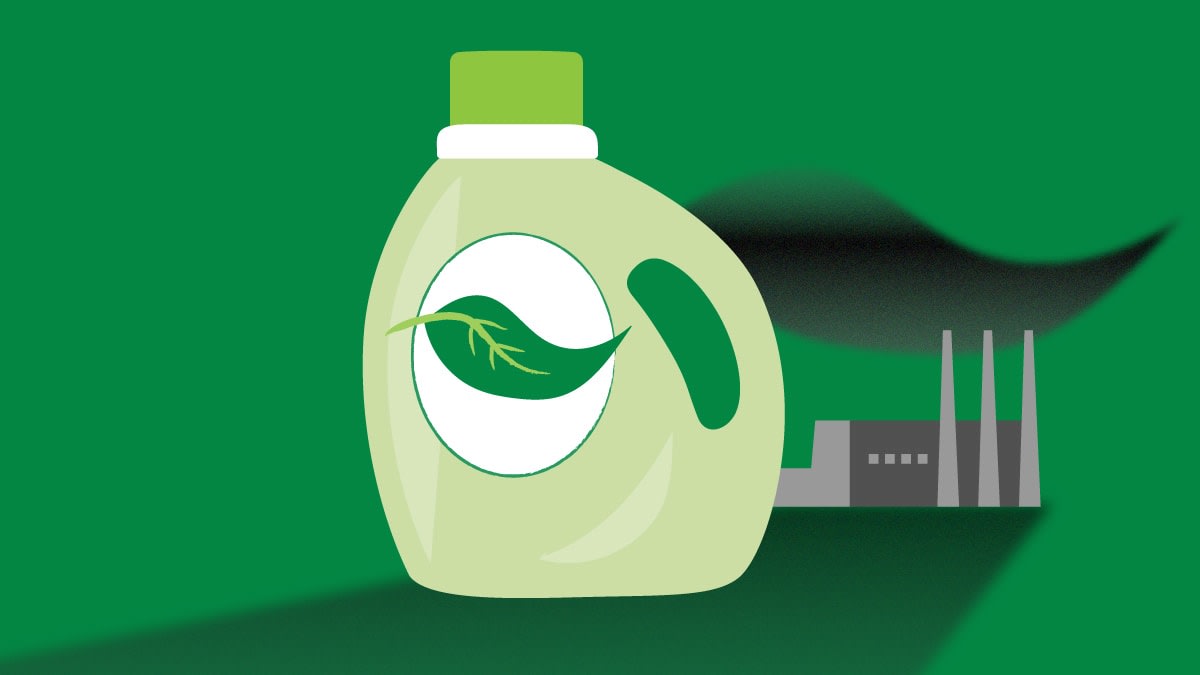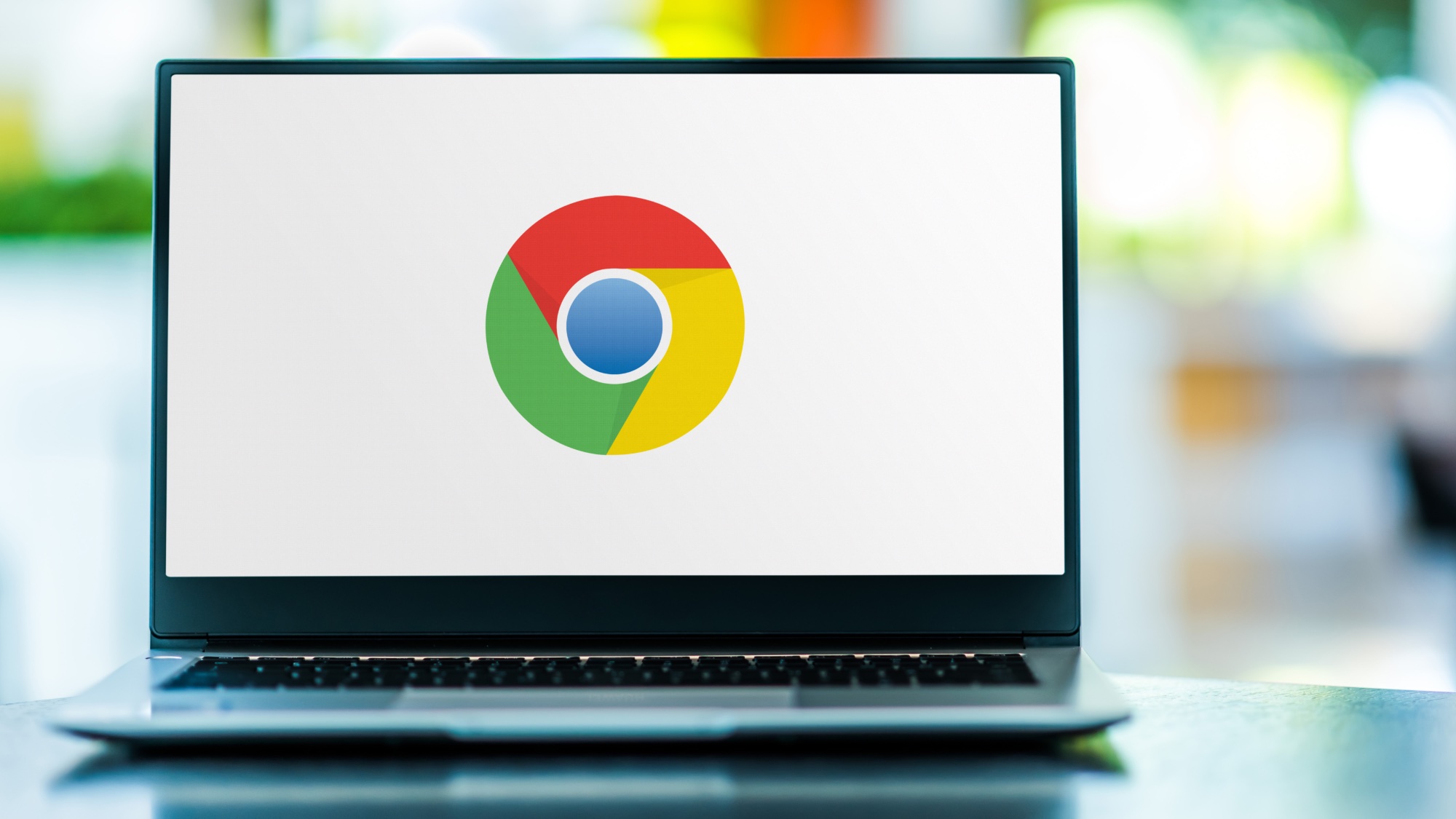A Consumer’s Guide to Greenwashing

A consumer’s best defense against false or misleading sustainability claims is to be able to recognize them. Greenwashing takes many forms, however, so it helps to understand some of the most common versions.
No proof. “Probably the most common form of greenwashing is making environmental claims but providing no documentation to back them up,” says Hamish van der Ven, assistant professor of sustainable business management of natural resources at Canada’s University of British Columbia. “It’s pretty easy for a company to claim on a label something like 100 percent of its packaging is recycled, without providing any third-party accreditation or a link where consumers can learn exactly what the company is doing to reclaim solid waste.”
Broad or vague terms. “Words like ‘all-natural,’ ‘eco-friendly,’ ‘clean,’ ‘green,’ and ‘sustainable,’ that have no clear meaning, should be a big red flag,” Montgomery says. “People often think a company has to meet some requirement to use these words, but they don’t.” Hartley recommends looking out for anything exceedingly optimistic, ambiguous, or lacking in qualifying claims. “HSBC got in trouble with regulators in the U.K. for using catchy phrases like ‘Climate Change Doesn’t Do Borders’ in an advertising campaign without being forthcoming about the fact that as a global bank its financing activities can be linked to unsustainable activities around the world,” he says.
Misleading symbols. Some companies use symbols, images, or even packaging to signal that a product is sustainable without making any explicit claim. Think of bottled water with a dense, green pine forest pictured on its polymer film wraparound label or even a hybrid vehicle that uses a lightning bolt in its promotional materials to overemphasize how much it runs on electricity. “It could be images of birds or a flower or a bee—or even just using that sort of rough, raw brown paper wrapping,” Montgomery says. “Anything that could signal to people that something is environmentally friendly without actually saying so is probably greenwashing.”
Shining the spotlight only where a company wants people to look. “Fashion brands, like all companies, are going to great lengths to convince us how sustainable they are, even when their clothes are made out of petroleum products,” Paglia says. “For example, a shoe company will make and sell 1,000 pairs of shoes with a little logo made out of plant-based leather. That’s groovy and sustainable and worth millions of dollars in green press—but it doesn’t represent what the company actually produces.”
Carbon offsets and carbon neutrality. Many companies claim to “offset” a portion of the greenhouse gases they generate, or even to have achieved “carbon neutrality,” meaning they supposedly used offsets to eliminate all emissions related to the production of their products or the delivery of services. But not all carbon offset projects are equally effective: A company that claims to plant a tree for every purchase you make is not as credible in its dedication to the environment as a company that purchases high-quality carbon credits. The latter adhere to recognized standards like the Verified Carbon Standard or Gold Standard or secure third-party validation, which show the company is trying to ensure the carbon credits represent a lasting reduction or elimination of greenhouse gases that would not have otherwise taken place.
Experts emphasize that while forestry projects can play a role in reducing carbon in the atmosphere, trees sequester carbon only temporarily—and thus are not a substitute for reducing emissions at the source. “If you’re a corporate emitter of greenhouse gases, you cannot offset the thousands of years they stay in the atmosphere by planting or protecting trees—full stop,” says John Kostyack, a climate and environmental policy consultant and an adviser to the Sierra Club’s Sustainable Finance campaign. “I love trees. They are really important stores of carbon. But let’s not overstate what they can do for us.”
Source link











